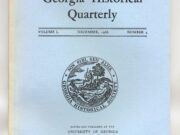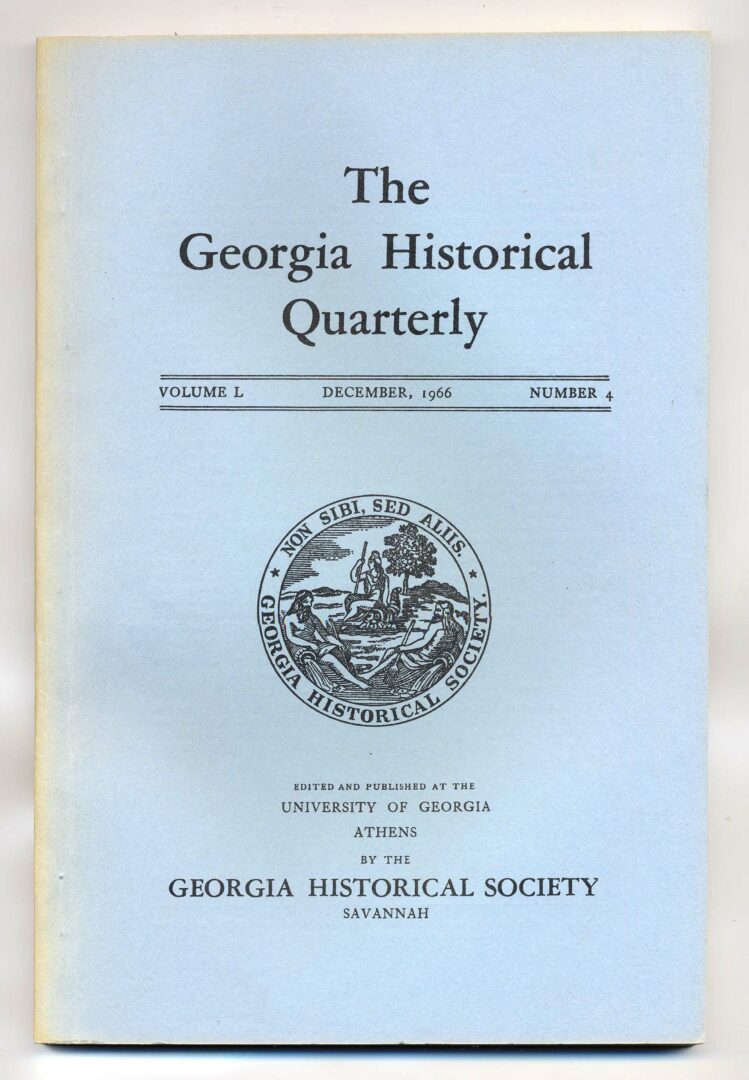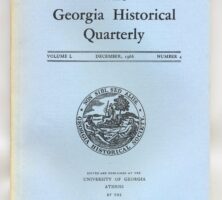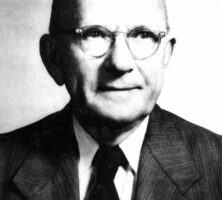The Georgia Historical Quarterly, the scholarly journal of the Georgia Historical Society, has been published continuously since 1917. It continues to serve the aims set out in its inaugural issue: to collect, preserve, and disseminate Georgia history.
The Quarterly began publication in Savannah almost eighty years after the society’s founding in 1839. During the 1910s the society was beset by controversy. Influential professional historians, most prominently from the University of Georgia, along with various state heritage groups had become dissatisfied with the society. They found the institution’s major interests and activities not only antiquarian but parochial. To them it appeared more a “Savannah Historical Society,” preoccupied with colonial and revolutionary history. Consequently, they began organizing in 1916 a competing organization, the Georgia Historical Association (GHA). Quickly building a statewide membership base that rivaled the society’s in membership numbers, the GHA also planned to publish its own magazine, the Georgia Historical Review.
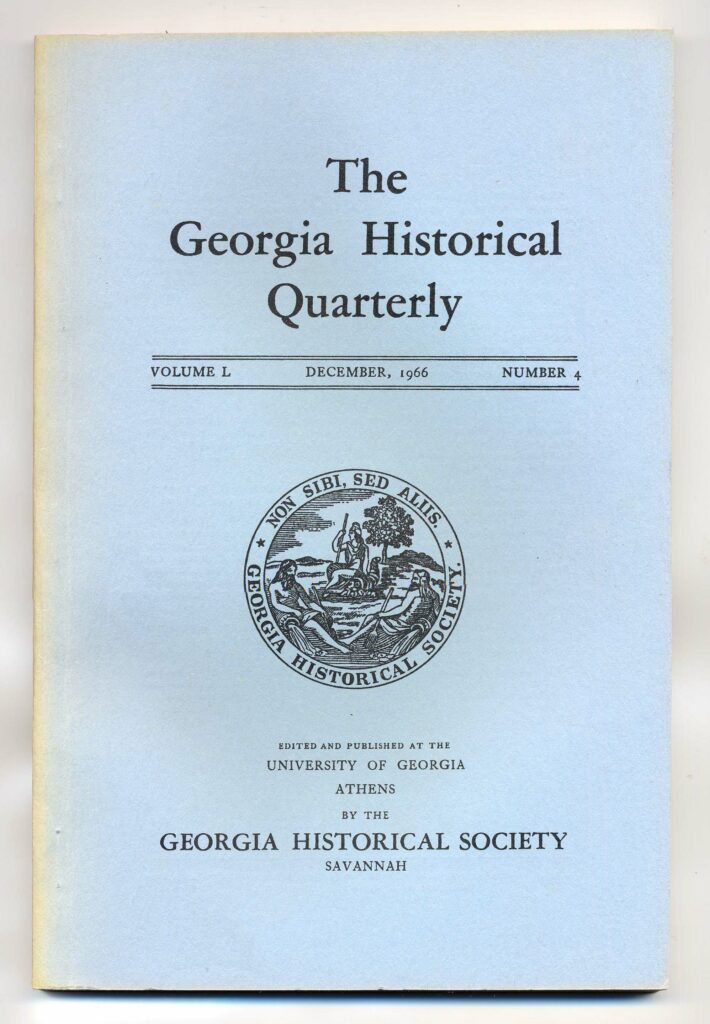
With this challenge looming, the Quarterly’s founders hoped that its young periodical would attract new members. They explicitly voiced a hope for an expanding statewide membership, which would, in the words of the leadership, “increase the subscriptions, on which the Society mainly depends for its support and efficiency.”
William Harden, the society’s librarian for more than fifty years, was chosen as the Quarterly’s first editor. As an antiquary and amateur historian, Harden perfectly represented a major shortcoming of the society to the GHA members, who wished to replace antiquarianism with the new scientific history. Though Harden was editor for four years, the Quarterly seemed doomed to failure. Its scholarly articles were few, and its page numbers steadily dwindled.
Salvation came in 1920. Negotiations led to the merger of the GHA and the society, with their memberships combined and the society’s restructured governing board reflecting what was deemed the new “statewide character of the re-organized Society.” A by-product of the change was the editorial takeover of the Quarterly by professional historians with doctorates and an editor assisted by an editorial board—a practice that continues. First to serve as editor was Percy Scott Flippin of Mercer University (1921-22). After a brief return to Savannah under the editorship of C. Seymour Thompson of the Savannah Public Library (1923-24), the Quarterly moved to the University of Georgia for the rest of the century.
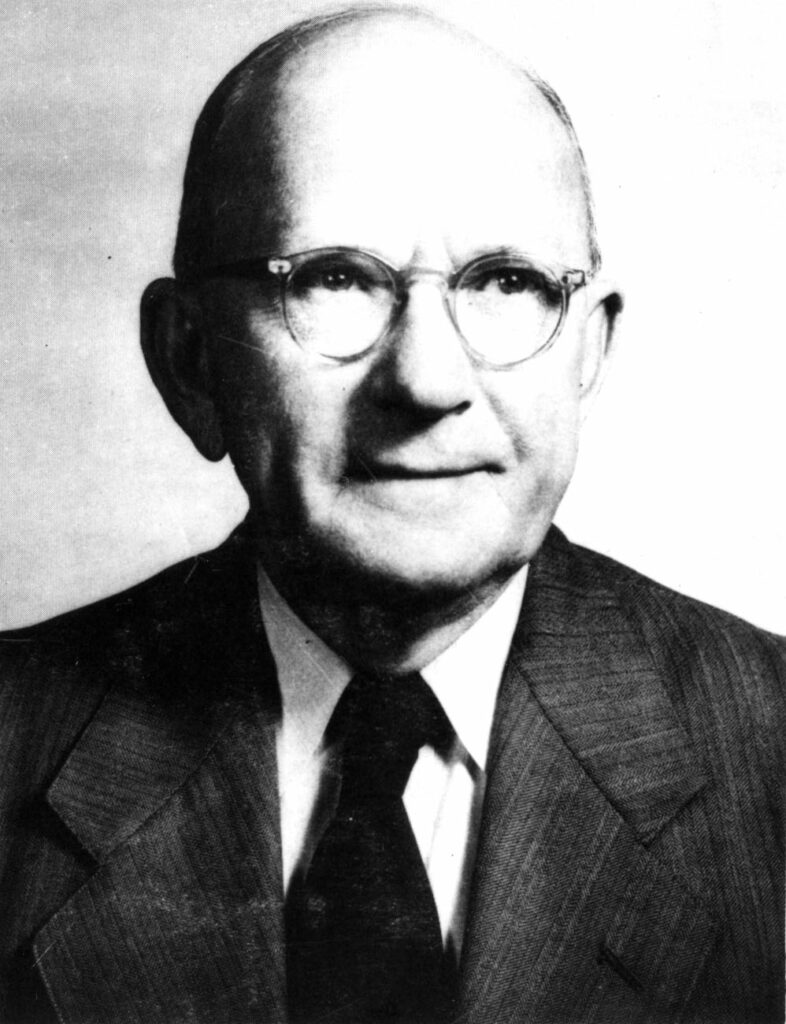
Courtesy of Hargrett Rare Book and Manuscript Library, University of Georgia Libraries.
In 1924 E. Merton Coulter took over the editorship for the next fifty years (1924-74). A North Carolina native for whom Georgia history became a lifelong passion, Coulter doted on the Quarterly and carried out practically every facet of its production (including writing a large percentage of the articles and book reviews himself). Many of the features most firmly associated with the Quarterly date from his tenure: articles with full scholarly apparatus, “Notes and Documents” (often primary sources with annotations), and book reviews critiquing publications relating mainly to Georgia and southern history.
Accepting the daunting task of succeeding Coulter, Phinizy Spalding maintained the periodical’s high standards during his term (1974-80). Seeming as good-humored and personable as Spalding himself, the new Quarterly featured bright, jaunty colors on the cover and engaging introductory editorials inside. Spalding’s successor, Aubrey C. Land, served as interim editor (1981-82) and discontinued the editorials on the grounds that Spalding had “made this genial and attractive feature peculiarly his own,” and that no one would “tolerate less than his practiced hand.”
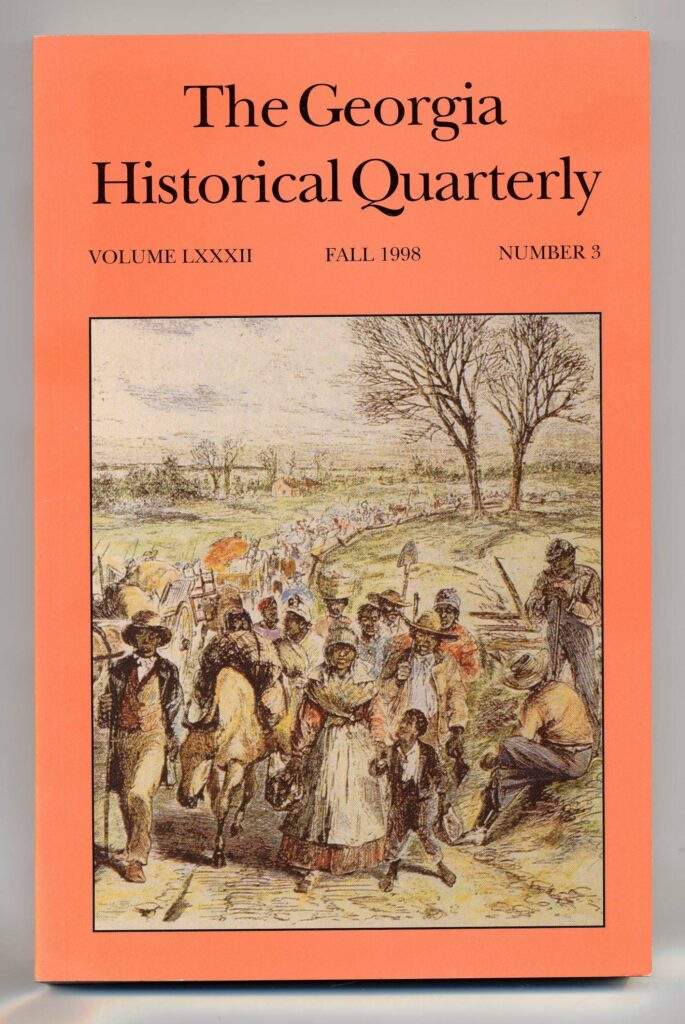
The Quarterly was pushed well into the forefront of scholarly publications under the guidance of Thomas G. Dyer (1982-89) and his associate editor and successor John C. Inscoe (1989-2000). Dyer pioneered design and layout modifications that transformed the Quarterly into a journal that was handsome, colorful, and plentifully illustrated. Inscoe took these modifications to their full potential, particularly with carefully chosen illustrative material for articles and many stunning color covers. During this time the Quarterly enjoyed a full-time assistant editor, Sheree Dendy. Under both Dyer and Inscoe, solicitation of scholarship increased the length and size of the periodical without sacrificing quality; for the first time a volume of the Quarterly exceeded 1,000 pages. Both editors also effectively used the Quarterly as an apprenticeship experience for promising graduate students who later became published historians themselves. The journal received a Governor’s Award in the Humanities in 1999.
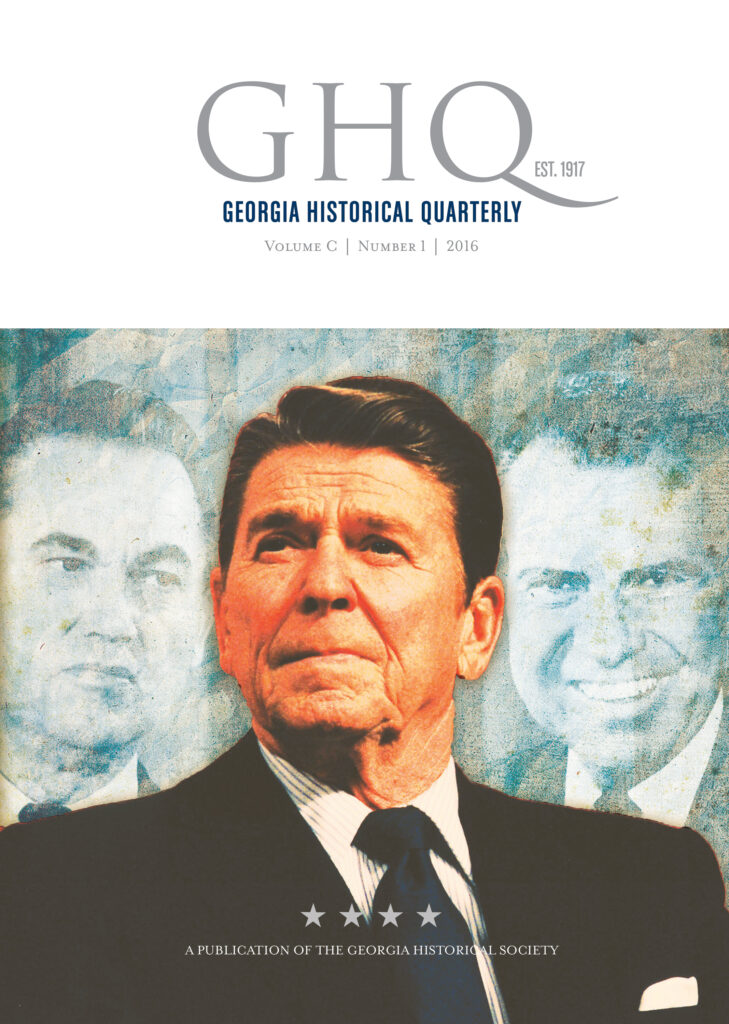
In 2000, following several years of restructuring, personnel changes, and budgetary difficulties, the society resumed direct oversight of the Quarterly. Under a new system, editorial duties were split between two professional historians: an editor with an academic affiliation, Anne J. Bailey of Georgia College and State University and an assistant editor at the Society’s offices, Stan Deaton. Glenn McNair of Kenyon College became editor in 2010. With the publication of the Quarterly’s one-hundredth volume in 2016, the journal was completely redesigned for the first time since 1989. Today the Quarterly continues in the best traditions of its past.


